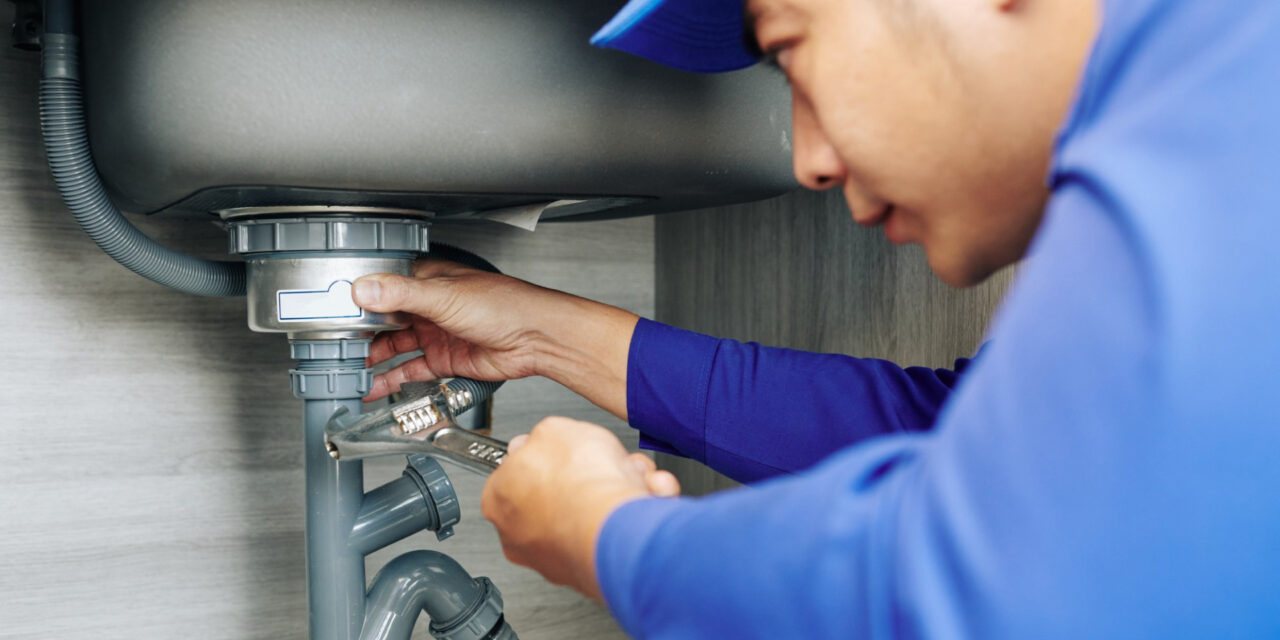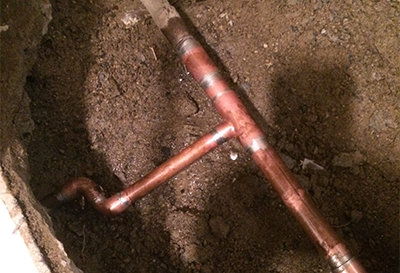6 Ways to Locate Hidden Water Leakages in Your House
6 Ways to Locate Hidden Water Leakages in Your House
Blog Article
How do you actually feel about Locating water leaks?

Early discovery of dripping water lines can reduce a possible calamity. Besides conserving you cash, it will minimize the irritation and also irritation. The minute you find a leak, calling your plumber for repairs is the most effective service. Some small water leakages may not be noticeable. If you can not identify it with your naked eyes, right here are some hacks that assist.
1. Take A Look At the Water Meter
Every house has a water meter. Examining it is a guaranteed way that assists you uncover leaks. For starters, shut off all the water resources. Ensure no person will purge, utilize the faucet, shower, run the washing device or dishwasher. From there, go to the meter and watch if it will certainly change. Considering that no person is using it, there must be no motions. That shows a fast-moving leak if it relocates. If you detect no modifications, wait a hr or two and examine back again. This suggests you may have a slow leakage that might also be underground.
2. Check Water Usage
Assess your water expenses and track your water consumption. As the one paying it, you must see if there are any type of inconsistencies. If you detect sudden changes, regardless of your intake coinciding, it indicates that you have leakages in your plumbing system. Keep in mind, your water bill ought to fall under the same range on a monthly basis. A sudden spike in your expense suggests a fast-moving leakage.
At the same time, a consistent boost each month, despite the same behaviors, shows you have a slow leak that's also slowly rising. Call a plumber to thoroughly examine your building, especially if you feel a cozy location on your floor with piping underneath.
3. Do a Food Coloring Test
30% comes from bathrooms when it comes to water usage. Examination to see if they are running correctly. Drop flecks of food shade in the storage tank and also wait 10 mins. There's a leakage between the container as well as dish if the color in some way infiltrates your dish during that time without flushing.
4. Asses Exterior Lines
Do not fail to remember to check your outside water lines as well. Needs to water leak out of the link, you have a loose rubber gasket. One small leakage can lose heaps of water as well as surge your water costs.
5. Evaluate and Assess the Situation
Property owners ought to make it a practice to inspect under the sink counters and also even inside cupboards for any bad odor or mold growth. These two warnings indicate a leakage so timely attention is called for. Doing regular assessments, even bi-annually, can conserve you from a significant trouble.
If you know your home is already old, maintain a watchful eye on your heaters, pipes, pipelines and so on. Look for discolorations and damaging as a lot of pipes as well as home appliances have a life span. They will certainly also naturally wear away because of wear and tear. If you believe leaking water lines in your plumbing system, do not wait on it to rise. Call a professional plumber immediately so you don't wind up with an awful mess in your house.
Early discovery of leaking water lines can alleviate a possible calamity. Some little water leaks may not be visible. Examining it is a proven method that aids you uncover leaks. One small leakage can lose tons of water as well as surge your water costs.
If you suspect leaking water lines in your plumbing system, don't wait for it to intensify.
How to Know If Your Home Has a Hidden Leak
Water Meter Reveals Inexplicable Water Usage
If you’d like to test whether or not there’s a leak somewhere in your home, you can do this using your water meter. Here is how to conduct the test:
Don’t use any water in your home for at least 30 minutes; this also means not turning on faucets or water-using appliances.
Go outside, and check your water meter for activity.
If your water meter shows that there was activity, even though no one was using any water, this proves that there is a leak in your home.Visible Mold or Mildew Growth
Leaks behind walls create moist, dark environments that allow mold and mildew to grow and thrive. Eventually, you might see mold growth forming on the wall closest to a hidden leak.
If mold is growing in an area that receives a high amount of moisture, such as a bathroom, it may simply be an indication that better ventilation is needed. However, if you see mold growth on a wall or the ceiling in an area where you would not expect, you probably have a hidden leak.
Musty, Mildew Odor
Sometimes you might not be able to see the mold or mildew that is growing as a result of a leak. However, the smell can give the problem away just as easily. If you catch a whiff of something musty, there’s a good chance that old water is collecting somewhere in your home that you can’t see.
Stained/Warped Walls, Ceilings, or Floors
When your home soaks up water, a variety of red flags can become visible, including ceiling stains, bubbling drywall, warped walls, and sagging floors. While these issues can be caused by excess humidity, they can also be signs that a pipe or plumbing connection has started leaking behind your walls.
Inexplicably High Water Bill
After a while, you get a general sense for what your water bill should be. If you own a pool or sprinkler system, your bill will tend to be higher during summer. However, if you receive a water bill that seems especially high, and you can’t figure out what caused it, then you may have a hidden leak somewhere that’s increasing your bill.
https://www.plumbingjoint.com/blog/2019/july/how-to-know-if-your-home-has-a-hidden-leak/

We had been made aware of that report about Hacks to detect leaks from a friend on a different web property. Sharing is good. Helping others is fun. I appreciate reading our article about Locating water leaks.
Report this page